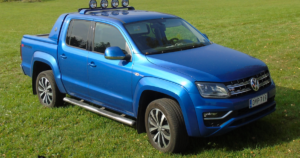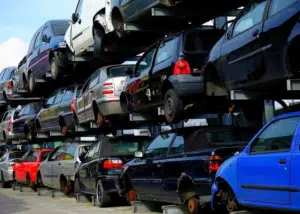Are you struggling to get to grips with the latest laws around booster seats? Not to worry as thousands of parents still appear to be baffled by the 2017 changes to car seat laws. Here are the new rules surrounding car seats, backless booster cushions, and seat belts to help ensure your child’s safety as well as helping you to avoid receiving a fine.
What are the new car seat laws?
The law regarding booster seats for children changed on March 1, 2017. UK law requires that all children traveling in front of or rear seat of any car, van, or goods vehicle must use the correct child car seat until they’re either 135cm tall or 12 years old, whichever comes first and after this, they must use an adult seat belt.
Height-based seats
You can choose a child car seat based on your child’s height or weight. Also known as ‘i-Size’ seats, height-based seats must be rear facing until your child is over 15 months old. Before using a height-based seat you must check that the seat is suitable for the height of your child.
Weight-based seats
The seat your child can use (and the way they must be restrained in it) depends on their weight. For children weighing more than 36kg, which converts to 5 stone 10 pounds, but is under 150cm, then it is probably best to go by your child’s height when it comes to choosing a car seat.
Under the new regulations, manufacturers are prohibited from introducing any new models of backless booster seats for children who are shorter than 135cm or weighing less than 22kg (3 stone), due to backless car seats not offering very much protection in the event of a collision. Although this change will not affect existing models of seats or cushions, these new rules will now change how backless booster seats are to be made in the future. And remember, only EU-approved height-based car seats can be used in the UK.
Exceptions?
There are a limited number of exceptions to the law and child car seats, for example, is licensed taxis and minicabs, children under the age of three years old can travel without a car seat or seat belt but only on a rear seat, and those children aged three or older can travel in a rear seat without a car seat provided that they wear an adult seat belt.
Also, if there is no room for a third child car seat in the back of your car, as two children are already occupying the back seats, this means that the third child, if they are under the age of three, cannot travel unless they are in the front seat with the correct child seat belt. Children over three years can either use the front seat with the correct child seat or sit in the back using an adult belt.
Penalties for ignoring the law
If you ignore or just simply refuse to buy a car seat for your child then the consequences you could face for ignoring such legal requirements is expensive and fatal at worst. If you’re caught by the police without a car seat, they are able to administer an on-the-spot fine, which could be as much as £500 if the case is referred to the court.
Although backless booster seats are now classed as being less safe than a high-backed chair, you’ll not be fined if this is your existing car seat. This is because the new laws only apply to the labeling of new seats that are currently on sale. So, if you’re thinking of buying a new car seat, make sure that you check for an orange-approved label.





















































